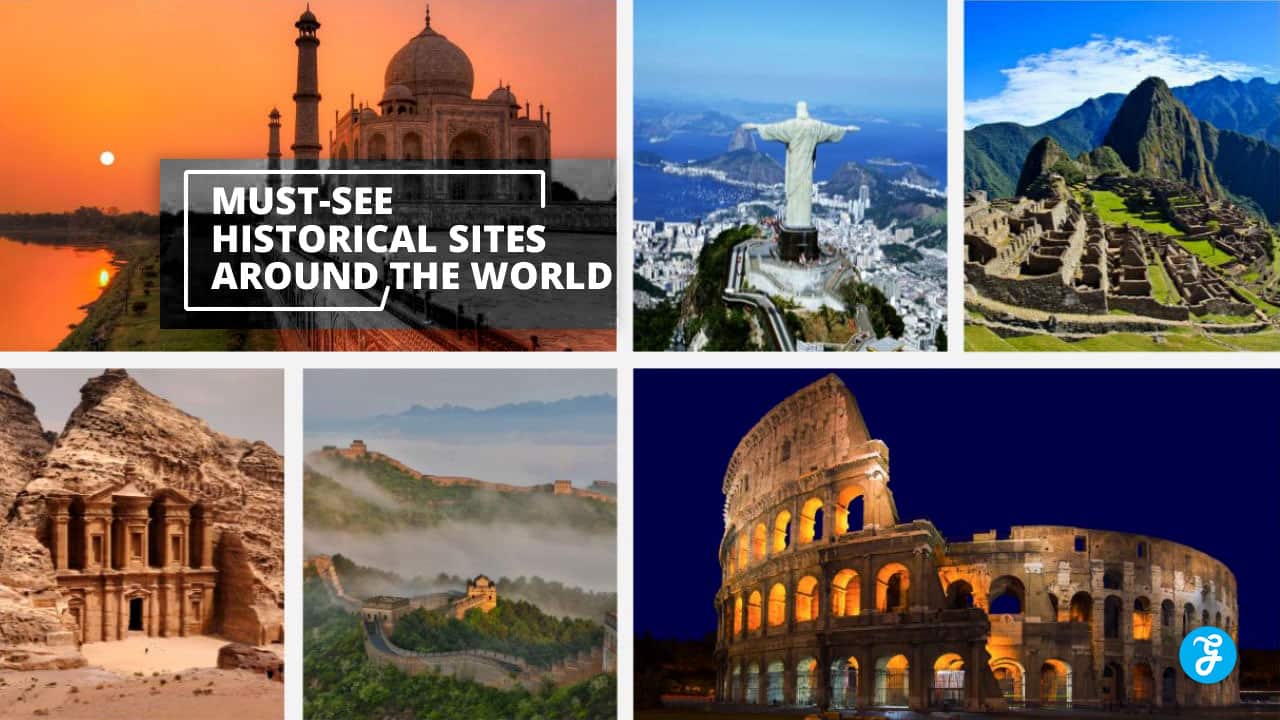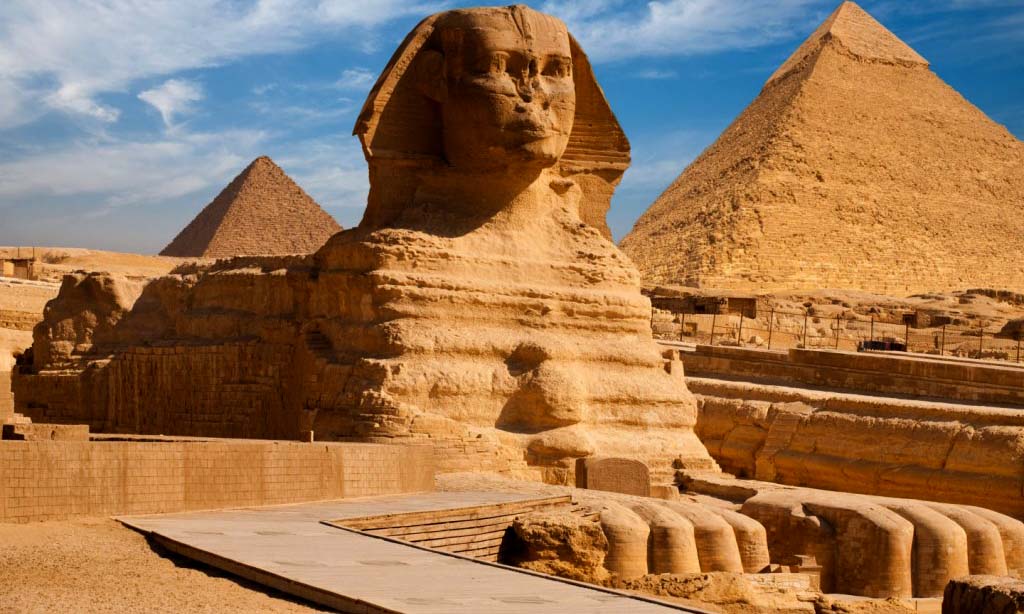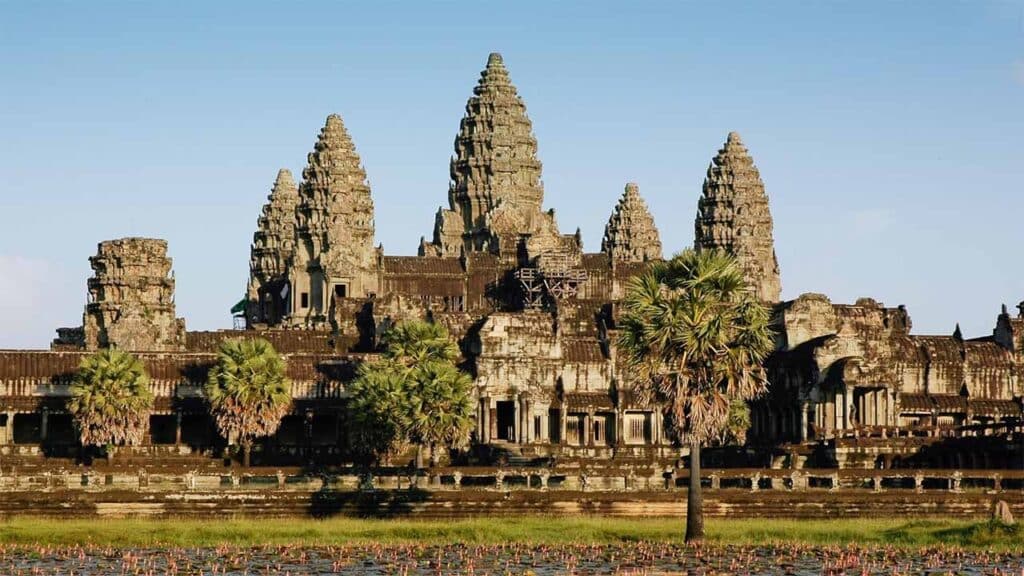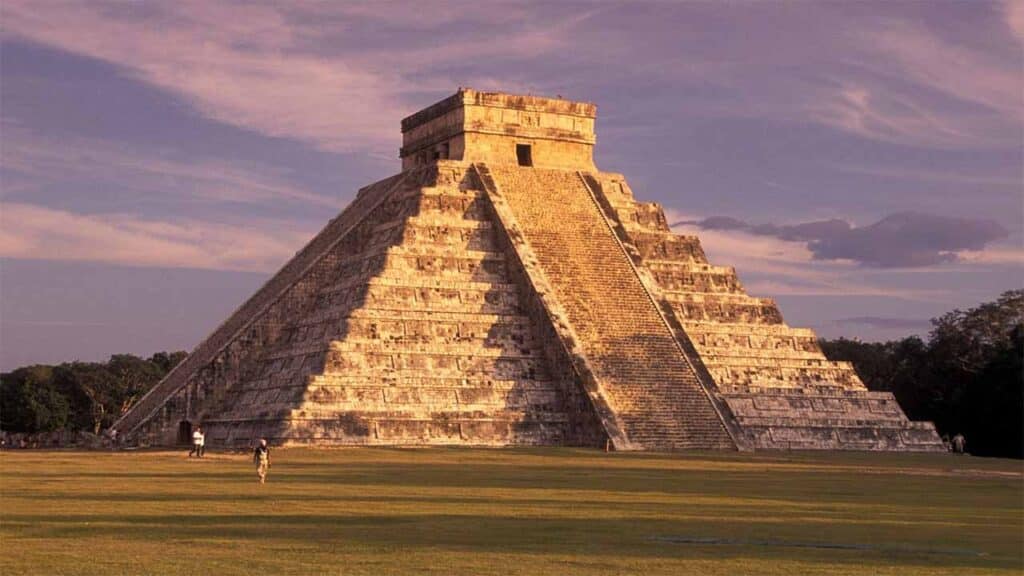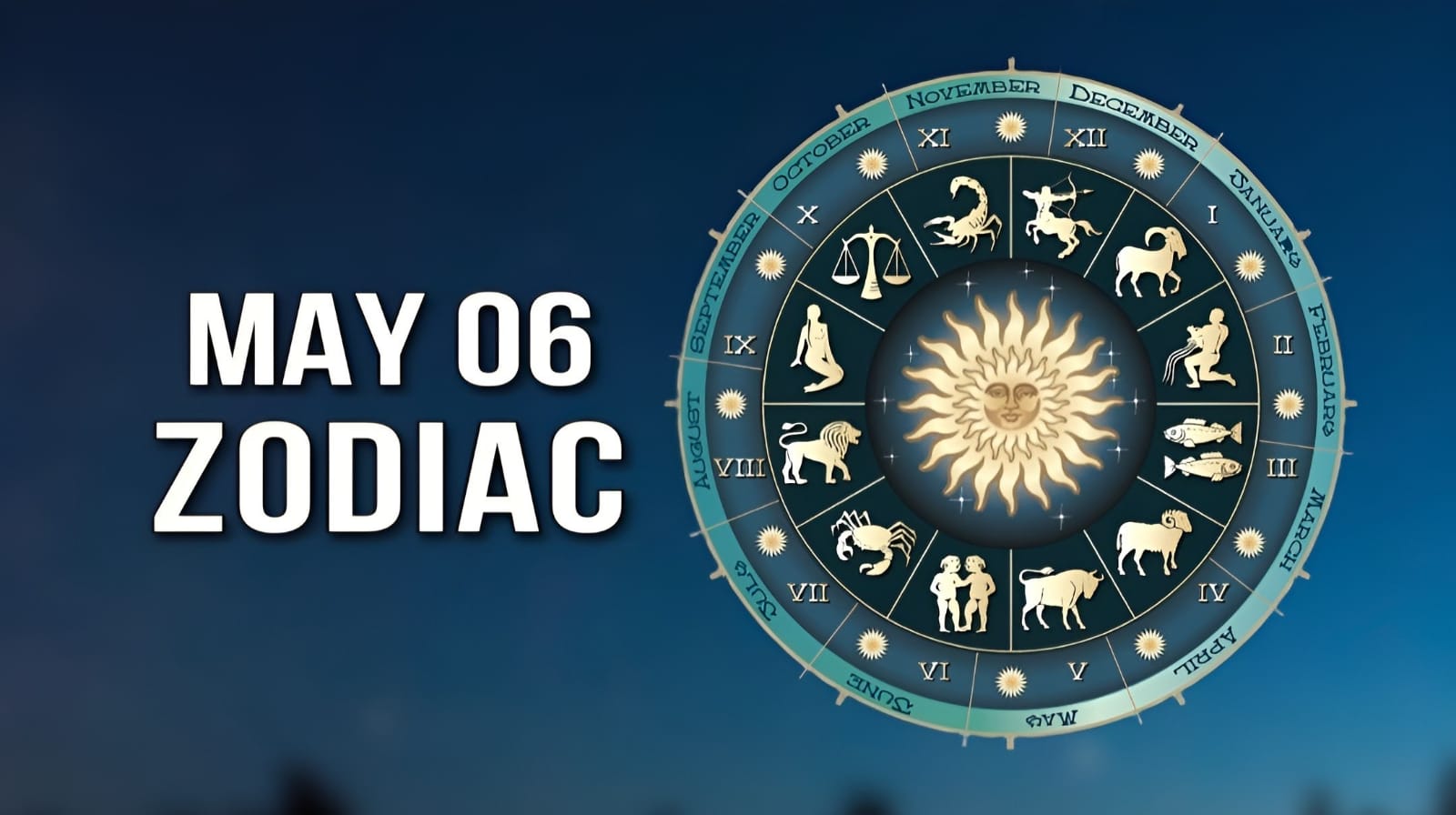History is all around us. It’s in the buildings we see, the streets we walk, and the stories we tell. But some places hold more history than others.
These are the places where great events happened, where empires rose and fell, and where human creativity reached new heights.
In this article, we’ll explore ten of the most amazing historical sites from around the world. These places will take you on a journey through time, showing you the wonders of human achievement and the power of our shared history.
1. The Great Wall of China – China
The Great Wall of China is one of the most famous structures in the world. It stretches over 13,000 miles across northern China. The wall was built over many centuries, starting as early as the 7th century BC. But most of what we see today was built during the Ming Dynasty (1368-1644 AD).
The Great Wall was built to protect China from invaders. It’s made of stone, brick, and packed earth. In some places, it’s wide enough for five horses to ride side by side. The wall has over 25,000 watchtowers. These were used to spot enemies and send smoke signals.
Today, the Great Wall is a symbol of Chinese strength and history. Millions of people visit it each year. The most popular section is at Mutianyu, near Beijing. Here, you can walk along the top of the wall and see amazing views of the surrounding mountains.
2. Machu Picchu – Peru
High in the Andes Mountains of Peru sits Machu Picchu. This ancient Inca city was built around 1450 AD. It was abandoned about 100 years later when the Spanish conquered the Inca Empire. The city was then forgotten for centuries until it was rediscovered in 1911.
Machu Picchu is famous for its beautiful stone buildings. These fit together so perfectly that you can’t even slide a knife blade between the stones. The city has temples, homes, and farming terraces. It also has an advanced water system that still works today.
One of the most amazing things about Machu Picchu is its location. It sits on a mountain ridge 7,970 feet above sea level. The views of the surrounding peaks and valleys are breathtaking. Today, you can reach Machu Picchu by train or by hiking the famous Inca Trail.
3. The Pyramids of Giza – Egypt
The Pyramids of Giza are the only one of the Seven Wonders of the Ancient World that still exists. They were built about 4,500 years ago as tombs for Egyptian pharaohs. The largest pyramid, the Great Pyramid of Khufu, was the tallest man-made structure in the world for over 3,800 years.
The pyramids were built without modern tools or machines. Each stone block weighs about 2.5 tons. Scientists are still not sure exactly how the ancient Egyptians built them. The pyramids show how advanced Egyptian mathematics and engineering were.
Next to the pyramids is the Great Sphinx. This huge statue has the head of a human and the body of a lion. It’s one of the largest and oldest statues in the world. The pyramids and the Sphinx have fascinated people for thousands of years. They continue to be one of the most popular tourist sites in the world.
4. The Colosseum – Italy
In the heart of Rome stands the Colosseum. This huge amphitheater was built almost 2,000 years ago. It could hold up to 80,000 people. The Colosseum was used for gladiator fights, animal hunts, and other public spectacles.
The Colosseum is a marvel of Roman engineering. It has underground rooms where gladiators and animals were kept. It also had a complex system of elevators and trapdoors. These were used to bring fighters and animals into the arena. The Colosseum even had a roof that could be pulled over the top to protect spectators from the sun.
Today, the Colosseum is partly ruined. Earthquakes and stone-robbers have damaged it over the centuries. But it’s still an impressive sight. Millions of tourists visit each year to walk in the footsteps of ancient Romans.
5. Petra – Jordan
Hidden in the red rocks of southern Jordan is the ancient city of Petra. Over 2,000 years ago, a people called the Nabataeans carved this city into the cliffs. Petra was an important trading center, linking routes from Arabia, Egypt, and the Mediterranean.
The most famous building in Petra is the Treasury. This huge temple is carved into the face of a cliff. It’s 130 feet high and covered with detailed carvings. But the Treasury is just one of hundreds of buildings in Petra. There are also homes, tombs, and a huge amphitheater that could seat 8,500 people.
Petra was lost to the Western world for hundreds of years. A Swiss explorer rediscovered it in 1812. Today, it’s one of the most popular tourist sites in the Middle East. Visitors can walk through a narrow canyon called the Siq to reach the city. This dramatic entrance adds to the sense of wonder when you first see Petra.
6. Angkor Wat – Cambodia
In the jungles of Cambodia lies Angkor Wat, the largest religious monument in the world. It was built in the 12th century as a Hindu temple. Later, it became a Buddhist temple. Angkor Wat is known for its beautiful architecture and its many carved reliefs.
Angkor Wat is just one part of a huge complex of temples and cities. This complex, called Angkor, was the capital of the Khmer Empire from the 9th to the 15th centuries. At its peak, Angkor may have had a population of one million people. This made it one of the largest pre-industrial cities in the world.
The temples of Angkor were lost to the jungle for centuries. They were rediscovered in the 1800s. Today, Angkor Wat is a symbol of Cambodia. It appears on the country’s flag. Millions of tourists visit each year to see its beauty and learn about Khmer history.
7. Stonehenge – England
On a grassy plain in southern England stands Stonehenge. This circle of massive stones was built between 3000 BC and 2000 BC. Some of the stones weigh over 40 tons. They were brought from quarries up to 140 miles away. This was a huge feat for prehistoric people.
No one knows for sure why Stonehenge was built. It may have been a place of healing, a burial ground, or an astronomical calendar. What we do know is that it took enormous effort to build. This shows how important it was to the people who made it.
Stonehenge is aligned with the midsummer sunrise and midwinter sunset. This suggests it was used to mark the changing seasons. Today, thousands of people gather at Stonehenge each year to celebrate the summer solstice. It remains a place of mystery and wonder.
8. The Acropolis – Greece
High above the city of Athens sits the Acropolis. This ancient citadel is home to several important Greek temples. The most famous is the Parthenon. This temple was built in the 5th century BC to honor the goddess Athena.
The Parthenon is considered one of the greatest works of architecture ever created. It uses subtle curves and optical illusions to appear perfectly straight and balanced. The temple was also decorated with beautiful sculptures. Many of these are now in museums around the world.
The Acropolis has survived invasions, earthquakes, and explosions. It remains a powerful symbol of Ancient Greek culture and democracy. From the top of the Acropolis, you can see all of modern Athens spread out below. This view shows how Greek culture continues to influence the world today.
9. Chichen Itza – Mexico
In the jungles of Mexico’s Yucatan Peninsula lies Chichen Itza. This was one of the largest Maya cities. It flourished from about 600 AD to 1200 AD. Chichen Itza shows the impressive mathematical and astronomical knowledge of the Maya people.
The most famous building at Chichen Itza is the Temple of Kukulcan, also known as El Castillo. This pyramid has 365 steps, one for each day of the year. During the spring and autumn equinoxes, the setting sun creates a shadow that looks like a serpent crawling down the pyramid.
Chichen Itza also has a large ball court where the Maya played their sacred ball game. The acoustics in this court are so good that a whisper at one end can be heard clearly at the other, 545 feet away. These features show the advanced knowledge of the Maya civilization.
10. Taj Mahal – India
Our final stop is the Taj Mahal in Agra, India. The Mughal emperor Shah Jahan built this beautiful white marble tomb in the 17th century. He built it as a memorial for his beloved wife, Mumtaz Mahal.
The Taj Mahal is considered one of the most beautiful buildings in the world. It combines Indian, Persian, and Islamic styles of architecture. The building is perfectly symmetrical. There are four minarets surrounding its white marble dome. The marble is inlaid with precious and semi-precious stones in beautiful patterns.
The Taj Mahal changes color throughout the day. It appears pink in the morning, white in the day, and golden in the moonlight. This magical quality, along with its romantic history, makes it one of the most popular tourist destinations in India.
Conclusion
These ten historical sites are just a small sample of the amazing places that exist around the world. Each one tells a story of human creativity, ambition, and perseverance. They remind us of the great achievements of past civilizations and inspire us to create our own lasting legacies.
Visiting these places can be a powerful experience. It allows us to connect with our shared human history in a tangible way.
These sites also remind us of the importance of preserving our historical heritage. Many of them have survived for thousands of years, but they face threats from pollution, climate change, and over-tourism.
By visiting responsibly and supporting conservation efforts, we can help ensure that these wonders will be around for future generations to enjoy.
In the end, these historical sites are more than just old buildings or monuments. They are windows into our past, reminders of our shared humanity, and sources of inspiration for our future. They show us what humans are capable of achieving when we dream big and work together. And they invite us to become part of their ongoing story.


